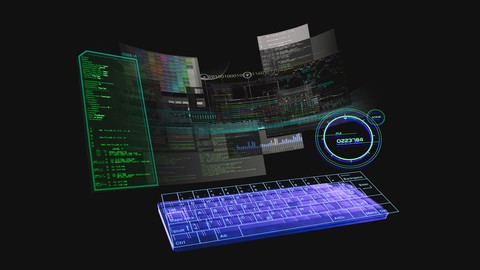The Future of Computing Depends on Making It Reversible

Important Announcement – EasyShiksha has now started Online Internship Program “Ab India Sikhega Ghar Se”

Top Courses in Software Engineering
More Courses With Certification
Empower your team. Lead the industry
Get a subscription to a library of online courses and digital learning tools for your organization with EasyShiksha
Request NowALSO READ: labour-day-quotes-from-sony-sab-artists
Get Course: Programming-with-jQuery





















































































